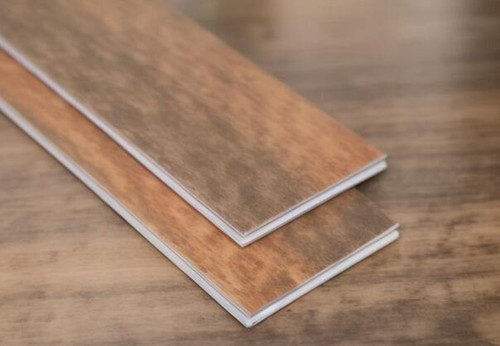Floor tiles play a crucial role in home decoration. They not only affect the aesthetic appeal of the entire room but also directly relate to safety and comfort within the home. So how do we evaluate the quality of floor tiles?
How to Evaluate the Quality of Floor Tiles
1. Material Selection
The choice of material is one of the key factors influencing the quality of floor tiles. High-quality floor tiles should be made from natural raw materials, such as natural marble, granite, or ceramics. These materials not only possess high hardness and excellent compressive strength but are also more environmentally friendly. In contrast, lower-quality floor tiles may use synthetic materials with added chemical substances, which could pose health risks to users. Therefore, when purchasing floor tiles, it is essential to first focus on the materials used, aiming for natural options when possible.

2. Surface Treatment
The surface treatment of floor tiles directly relates to their wear resistance and aesthetics. High-quality floor tiles should undergo special treatments that effectively resist wear, stains, and chemical corrosion. Common treatment methods include faux marble treatment and glazed treatment, which not only enhance the beauty of the tiles but also protect the surface from damage.

3. Dimension Specifications
The dimension specifications of floor tiles are also an important indicator of their quality. Good floor tiles should have uniform dimensions with straight edges, minimizing visible gaps and misalignments. Additionally, the edges of the tiles should be smooth, without any cracking or breakage. During the purchasing process, one can stack the tiles to check whether they remain flat, which helps assess the quality of their dimensions.
4. Edge and Corner Treatment
The treatment of the edges and corners of floor tiles significantly impacts the installation effect and lifespan. High-quality floor tiles should have meticulously treated edges and corners to effectively avoid gaps and misalignments during installation while also reducing wear during usage. When selecting floor tiles, it is advisable to carefully observe the edge and corner treatments to ensure they are smooth and free from cracks or chips.
5. Color
The choice of color for floor tiles is also very important, as it affects the overall decoration of the room as well as post-use cleaning and maintenance. Generally, light-colored floor tiles can create a bright and spacious atmosphere, making them suitable for living rooms and bedrooms, while dark-colored tiles are better suited for kitchens and dining areas. When selecting floor tiles, consider the room’s orientation, lighting, and the color of the furniture to choose the most appropriate tile color.

6. Brand Reputation
Finally, selecting a well-known and reputable brand of floor tile supplier is also crucial. This can ensure the quality of the tiles and the robustness of the after-sales service system. Additionally, well-known brands often invest more in producing environmentally friendly materials, providing more options for consumers. When purchasing floor tiles, it is useful to refer to consumer reviews and certification reports from professional organizations to assess the brand's reputation.

In summary, determining the quality of floor tiles involves considering multiple factors such as material, surface treatment, dimension specifications, edge and corner treatment, color, and brand reputation. When buying floor tiles, it’s advisable to look at several samples and engage in conversations with sales staff to understand the product’s features and performance, ensuring that you select a satisfactory floor tile.



